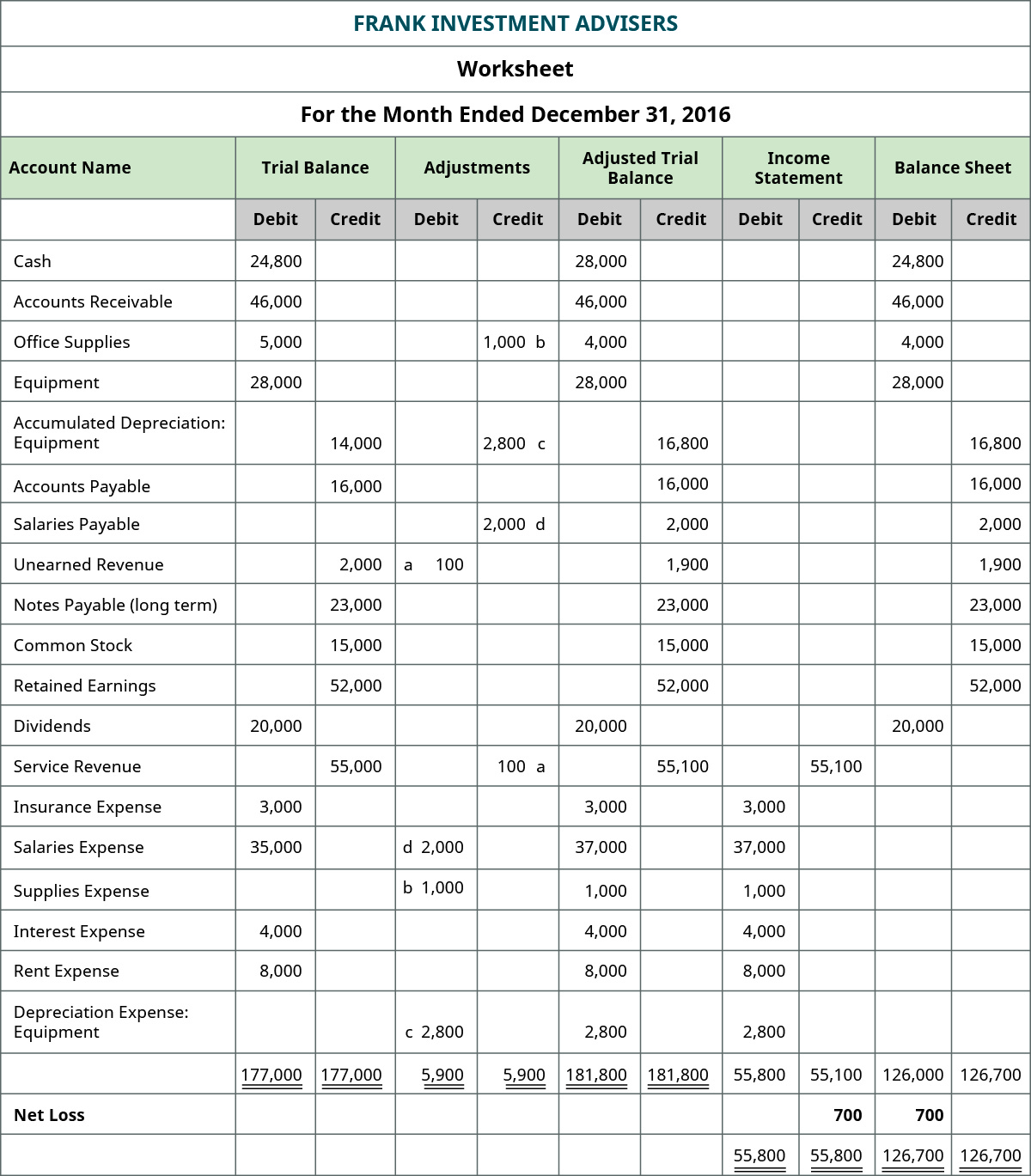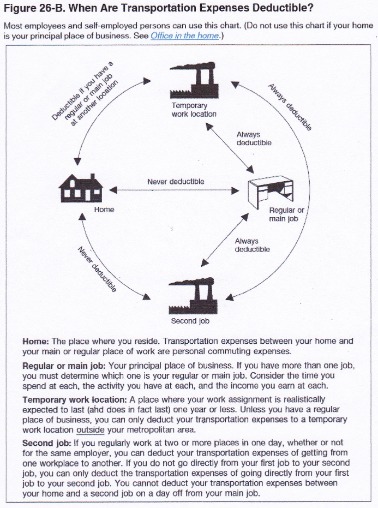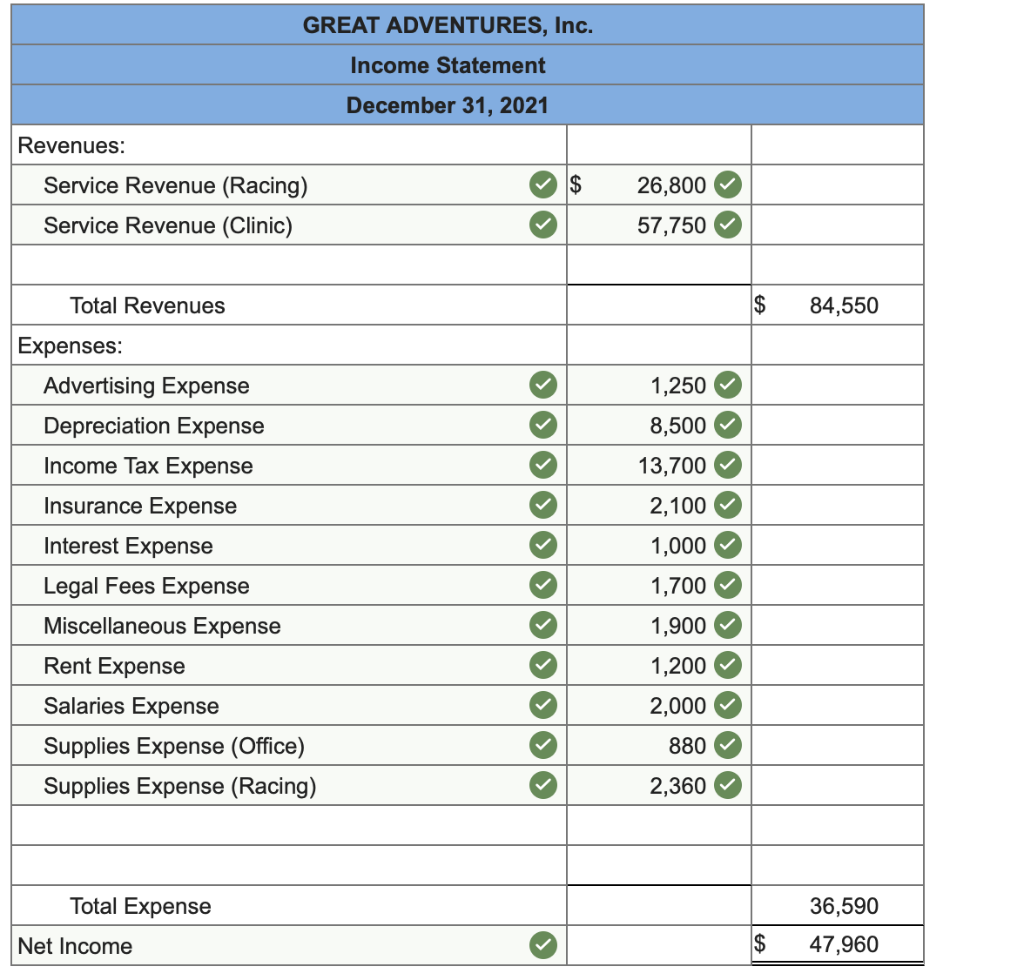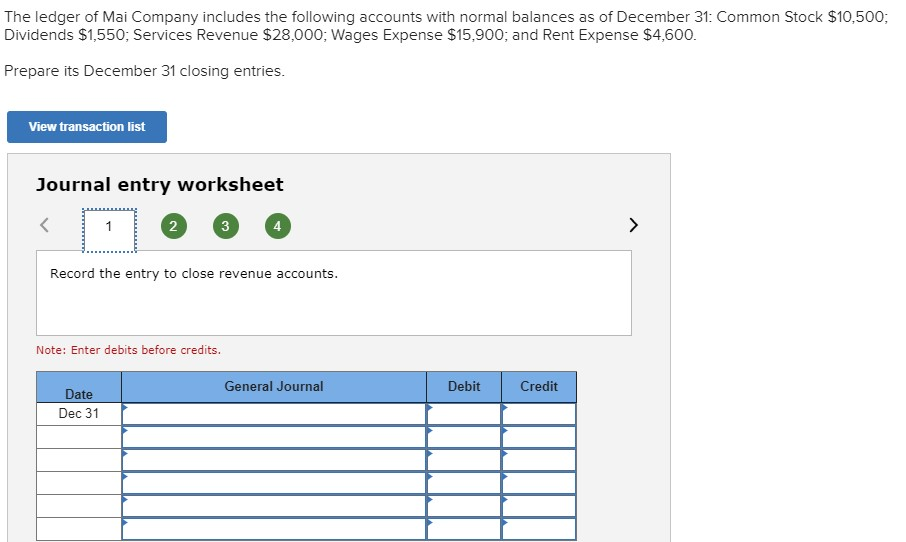We specialize in providing bookkeeeping services for small businesses in the construction industry. Our team of bookkeepers for small business understands the specific needs and requirements of your industry, helping you navigate complex tax regulations and financial reporting. We offer a range of construction bookkeeping services tailored to meet your specific needs, ensuring accurate and efficient management of your construction finances. All accountants listed are well-versed in the challenges of construction accounting, including tax regulations, certified payroll laws and more. Our team of experienced tax and accounting professionals is ready to help you achieve the financial success The Importance of Construction Bookkeeping For Streamlining Business Operations you deserve. With our personalized attention and tailored solutions, you can rest assured that your small business bookkeeeping needs are in capable hands.
America’s smartest builders build with Monthend
- On the human capital side of the business, he’s responsible for the coordination and cohesiveness of the team, along with maintaining a positive and professional environment for his staff to thrive and grow.
- With multiple degrees in her field, Lissette has diverse talents, ranging from proposal writing to budgeting, which elevates the accuracy of our pricing process.
- Please, feel free to browse our website to see the services we offer as well as the many helpful resources we provide.
- Her experience in multiple stages of the construction process makes her a well-rounded addition to the team.
- Potomac’s responsiveness and professionalism throughout the project was enormously reassuring.
Max’s prior experiences both in the field and in the office makes him a well-rounded asset to Potomac Construction’s Project Management team. He has a passion for learning and construction which adds value to his role as a problem solver for our clients. Ted Bartko, CPA can take your company to the next level and bring you steps closer to being awarded its biggest contract ever. Expect stellar reviews on your financial statements that clearly explain what accounting methods your company needs to follow in order to “fix” your financial statements to qualify for a bond. Potomac Construction eases the common fear that a general contractor will disappear after the project is substantially complete. Our clients are served by a dedicated close-out team and are assigned a point of contact who remains available for any questions or concerns that may develop.
Financial Considerations
You are not required to use Guaranteed Rate Affinity, LLC as a condition of purchase or sale of any real estate. Operating in the state of New York https://azbigmedia.com/real-estate/commercial-real-estate/construction/how-to-leverage-construction-bookkeeping-to-streamline-financial-control/ as GR Affinity, LLC in lieu of the legal name Guaranteed Rate Affinity, LLC. You can browse all Potomac rentals orcontact a Coldwell Banker agent to request more information. Project stakeholders tend to visualize the end product, while our team imagines a space from concept to completion.
Construction Accounting Potomac MD
OnBudget has taken my years of accumulated construction and bookkeeping knowledge and developed a simple, easily implemented system that can help you gain back your freedom and get control of the numbers. Working with OnBudget has been critical to our bookkeeping and collections process and our financial success. Experience the convenience and efficiency of our virtual office assistant services and take your construction bookkeeping to the next level. Kevin serves as a Senior Project Manager for large partnerships and complex projects.
- Max’s prior experiences both in the field and in the office makes him a well-rounded asset to Potomac Construction’s Project Management team.
- The ability to borrow when needed to meet monthly expenses or finance large equipment purchases is critical for a company’s livelihood.
- Potomac Construction accomplished a state of the art kitchen makeover for The Inn at Little Washington in just eight days.
- Our team construction bookkeeping of skilled professionals possesses extensive knowledge in construction and understands the importance of keeping your financial records in order.
- Chloe’s communication skills and previous experiences in marketing make her a great addition to the Potomac Construction team.
- She is a graduate of Mount St. Mary’s University, where she earned a bachelor’s degree in business.
- When you outsource your bookkeeping services to us you get one on one personalized service and state of the art technology and payroll software.
- Nina recognizes that every customer’s focus and sensitivities are different, and every project is unique with its own set of challenges.
- He will take care of these accounting concerns for you to focus on your clients, running your business, and establishing yourself in the industry.
- All accountants listed are well-versed in the challenges of construction accounting, including tax regulations, certified payroll laws and more.
- He has the knowledge, expertise, and experience to help guide you through the most critical financial decisions.
Dimo comes to Potomac Construction with over a decade of culinary experience as a chef and from a family well experienced in construction. His operational knowledge of the intricacies that go into successful restaurants make him a valued resource on our food and beverage projects. Claude Levy CPA Firm is a full service accounting firm located in the Greater Washington DC Metropolitan Area. Experienced, affordable, and reliable, we serve a variety of industries and clients from self-employed home-based business owners to small and medium-sized businesses with employees. When you outsource your bookkeeping services to us you get one on one personalized service and state of the art technology and payroll software.
Office Administrator
We offer a broad range of services for business owners, executives and independent professionals. At OnBudget Construction Bookkeeping, we specialize in providing comprehensive financial help for homebuilders and developers in Maryland. Ted Bartko, CPA, understands that the construction industry is fast-paced, complex, and ever-changing.
- Like many construction firms, I started out wearing all the hats, so I prioritized estimating and production over bookkeeping and admin work, which in time led to larger problems.
- Our virtual administrative assistants are trained to handle the unique demands of construction bookkeeping, providing you with accurate and efficient support remotely.
- Kevin’s extensive experience in both the field and office enable him to collaborate with our clients and project team partners to find practical solutions and deliver the highest quality product.
- As the Director of Operations, her responsibilities span the areas of finance, human resources, legal, IT and corporate strategy.
- Claire comes to Potomac Construction with experience in general contracting, specifically in estimating and is now moving into project management.
He is fully aware of the various processes that are needed to deliver a project on time and on budget, and the best ways to achieve those goals. OnBudget is a construction-focused remote bookkeeping service born from a construction firm that learned how to do bookkeeping right. Contact Ted for a free consultation about your The Significance of Construction Bookkeeping for Streamlining Projects construction company accounting, bonding, and financing needs. There are some times that we’ll request other documents from you (like account statements or tax related documents), just to ensure the information we have is correct. Robin came to Potomac Construction to assist during the company’s introduction to new Accounting Software and helped create new policies and procedures for the Accounting Department. Robin’s financial expertise quickly acclimated her to serve as a dedicated Project Accountant for our largest Clients.











Recent Comments